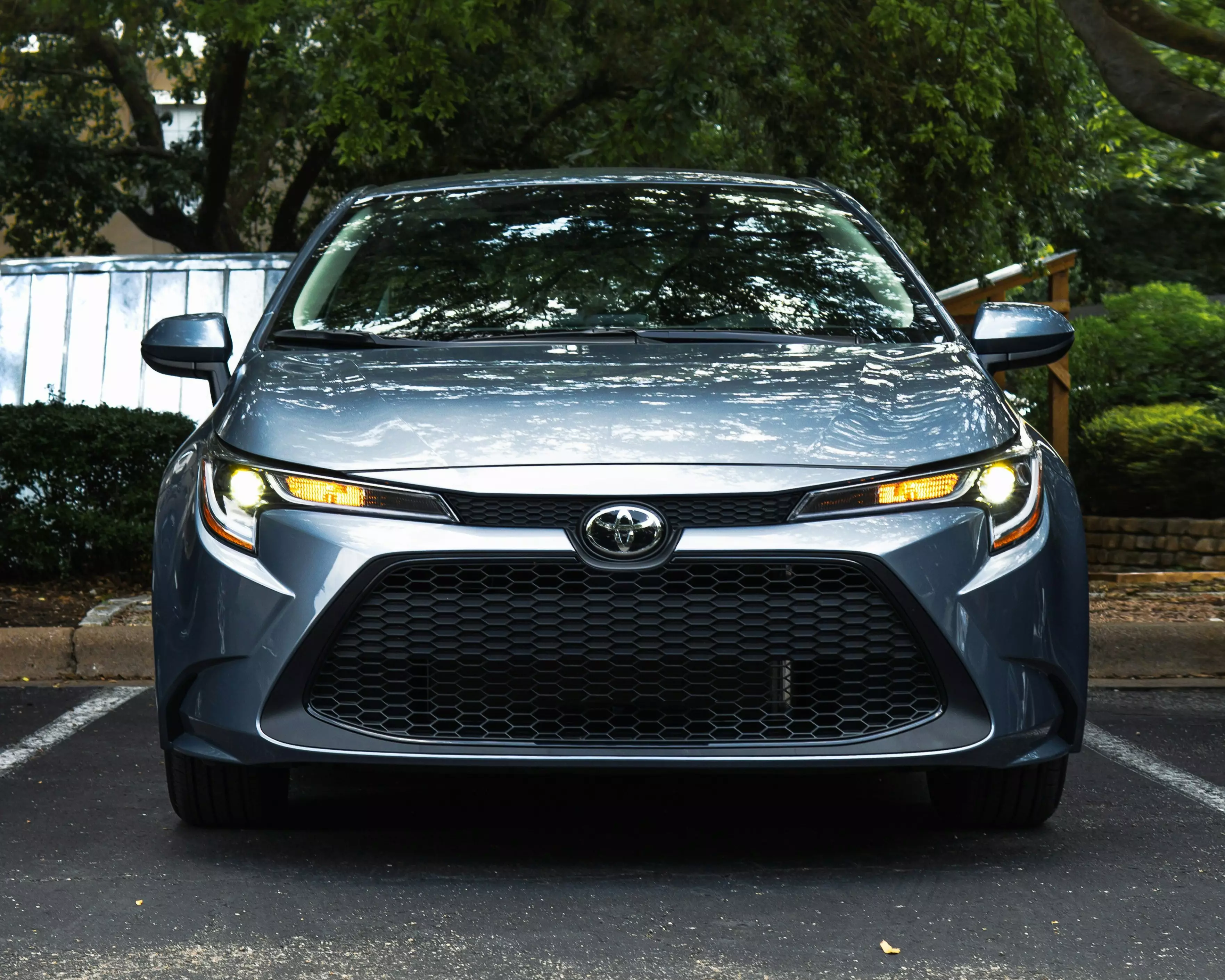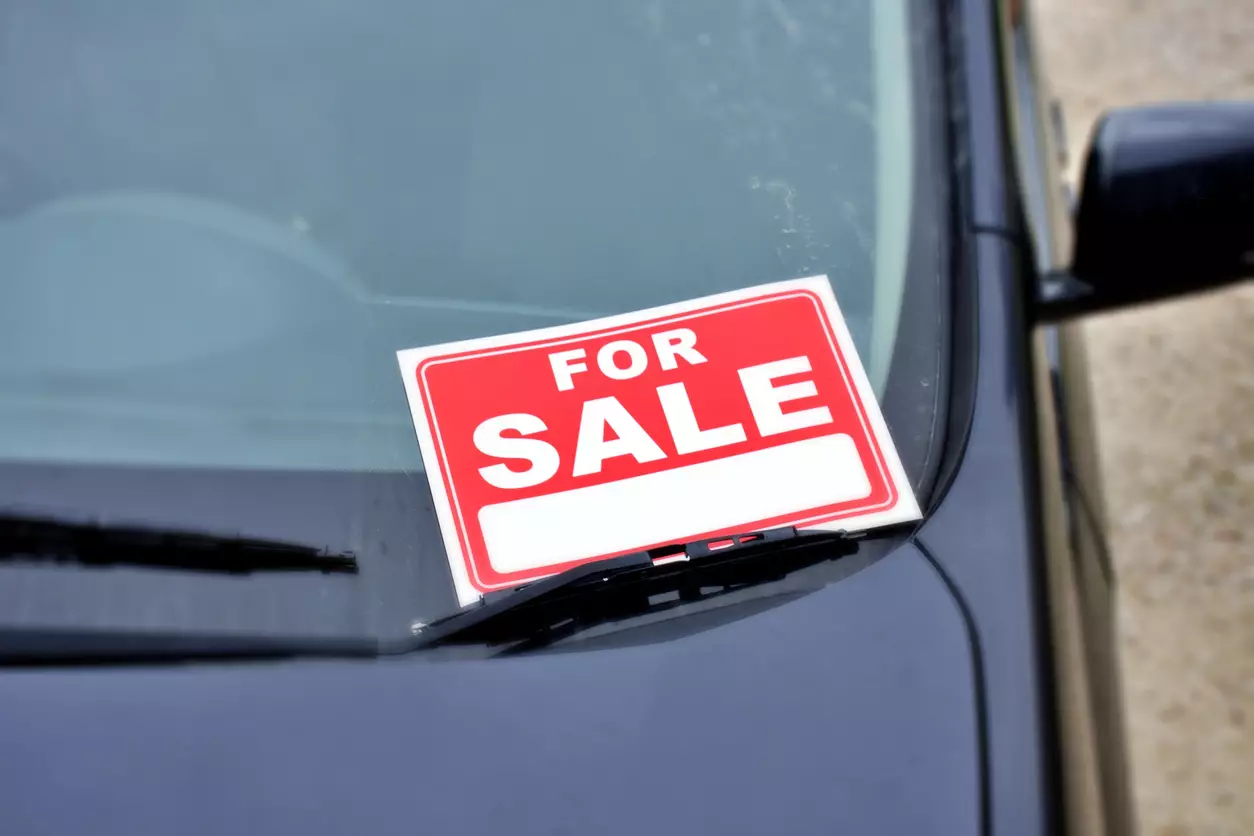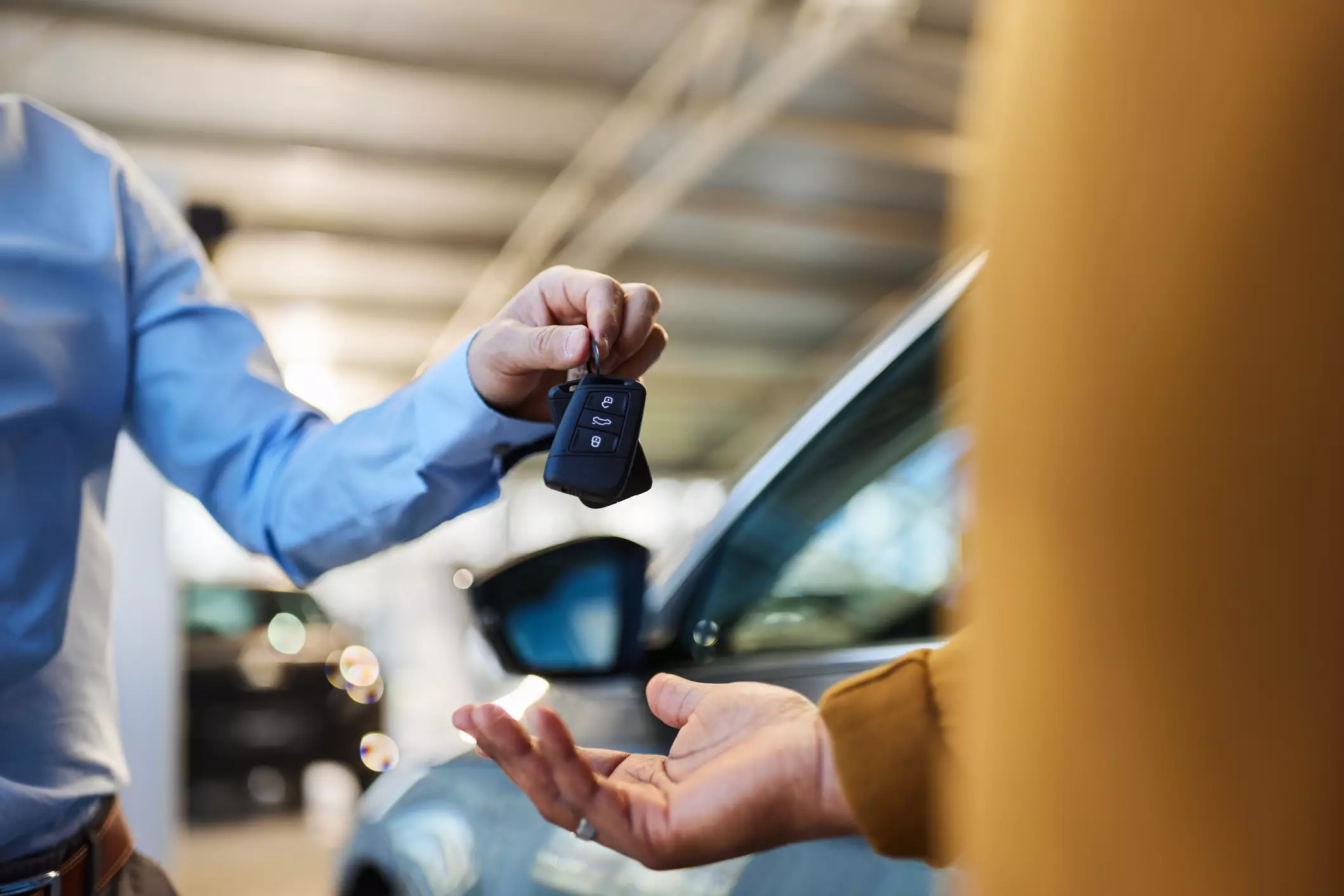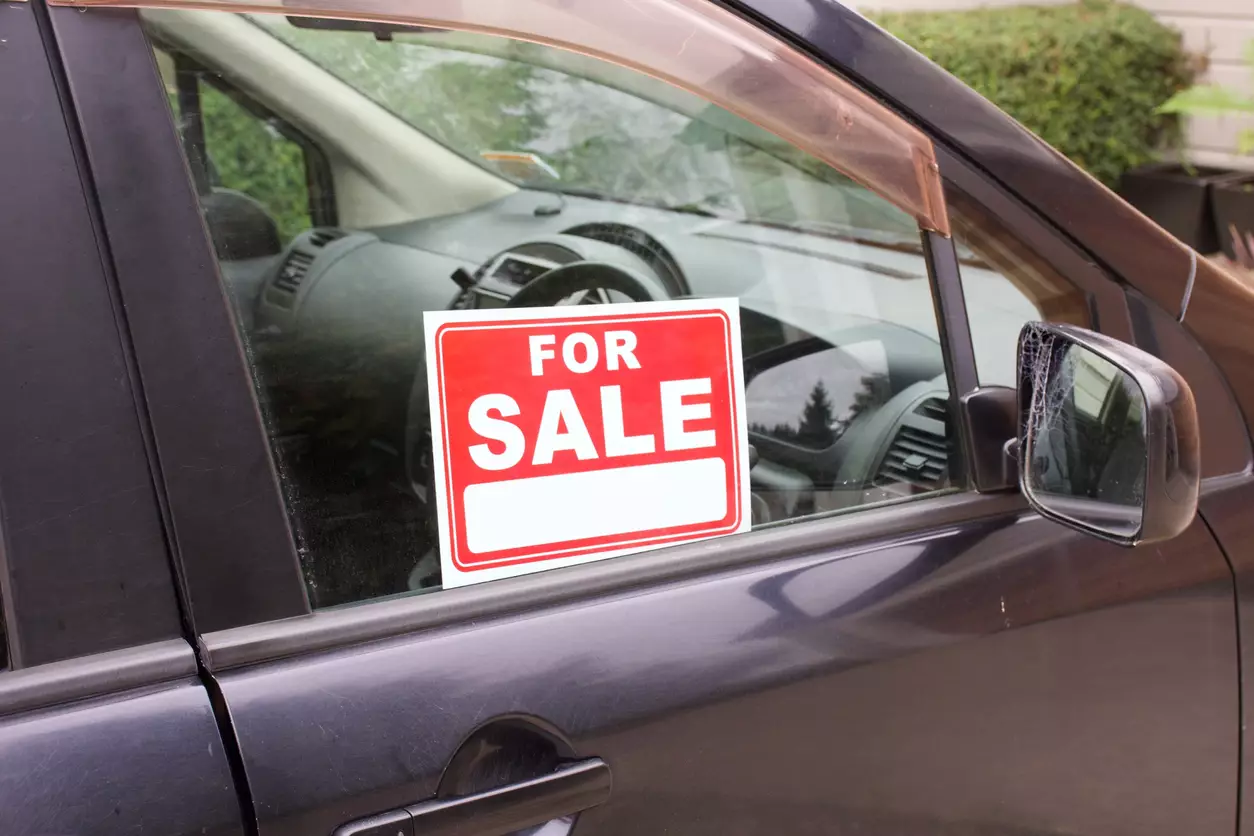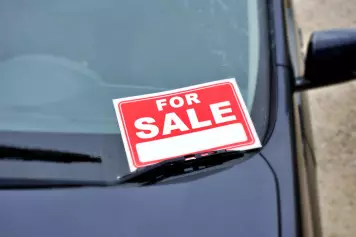Brake fade happens when your brakes stop working as well as they should. Your brakes are fading when you press the pedal, but the stopping power isn’t there like it should be, and the car does not slow down as quickly as expected. This happens when excessive heat buildup reduces the effectiveness of your braking system making it harder to slow down or stop your vehicle.
Brake fading is especially dangerous in high-speed driving, steep downhill descents, or emergency braking situations, times when you need maximum stopping power the most. Understanding the cause of brake fade and how to prevent it can make all the difference in keeping you safe on the road.
What Is Brake Fade?
Brakes work by converting kinetic energy into heat, helping your car slow down and stop. But when they generate too much heat, things start to go wrong. Brake fade happens when excessive heat reduces friction between your brake pads and rotors (or drums), making your braking system less effective. Instead of stopping quickly, your vehicle takes longer to slow down, even if you are pressing the pedal harder.
Brake pedal fades can develop gradually, like when driving downhill for an extended time and constantly riding the brakes. They can also happen suddenly during high-speed emergency braking when the system overheats in seconds.
Main Types of Brake Fade
When it comes to brake pedal fade, your brakes aren’t failing completely; they’re just losing a bit of their bite due to overheating. Let's break down the four main types of brake fade.
- Friction Fade: This happens when the friction material on your brake pads gets too hot. As temperature rises, the binder in the pad can start to break down or even release gases, which creates a thin lubricating layer between the pad and the rotor. The result? Your brakes can’t grip as well, and you will notice a drop in stopping power.
- Fluid Fade: Brake fluid isn’t just a filler -it is a medium that transfers your pedal’s pressure to the brake pads. In fluid fade, intense heat causes the brake fluid to boil or vaporize, forming air bubbles. Since air is compressible, this “spongy” sensation on the brake pedals means your braking response is delayed.
- Mechanical Fade: Mechanical fade happens when heat affects the physical components of your brake system. It can include the expansion of brake pads, calipers, or even the rotor itself. As these parts heat up, they may slightly change shape or loosen their fit, which in turn affects the precision and effectiveness of your brakes, reducing the overall performance of your braking system.
- Domino Fade: Sometimes, one failure in your braking system can trigger a cascade of issues, a bit like a row of falling dominos. In domino fade, an initial instance of overheating in one component, say friction fade on a rotor, can transfer excessive heat to surrounding parts. This chain reaction can lead to a widespread decline in braking performance.
While brake fade is usually temporary and might clear up once things cool down, repeated overheating can permanently damage brake components. In such cases, repairs or even full replacements may be necessary to keep your vehicle safe on the road.
What Causes Brake Fade?
Brake pedal fade typically happens when brake pads overheat, fluid starts to boil, or new pads release gases - all of which reduce friction, cause a soft pedal feel, and lead to a noticeable drop in braking performance.
How to Avoid Brake Fade?
To avoid brake fade, you should keep your braking system as cool and well-maintained as possible. This means modifying your driving style so you don’t constantly pound the brakes, especially on long descents or during active driving. Instead of relying solely on your brakes, use engine braking by downshifting when you approach steep hills or tight corners, which helps to disperse some of the heat build-up.
It is also a good idea to let your brakes cool down after a series of heavy stops rather than keeping the pedals pressed continuously. Regular maintenance plays a big part too. Check your brake fluid for moisture and change it as recommended. If you’ve had your brake pads freshly installed, be sure to follow the proper bedding-in procedure to help reduce green fade. Following these steps will help maintain brake performance, extend brake life, and improve your overall driving safety.




